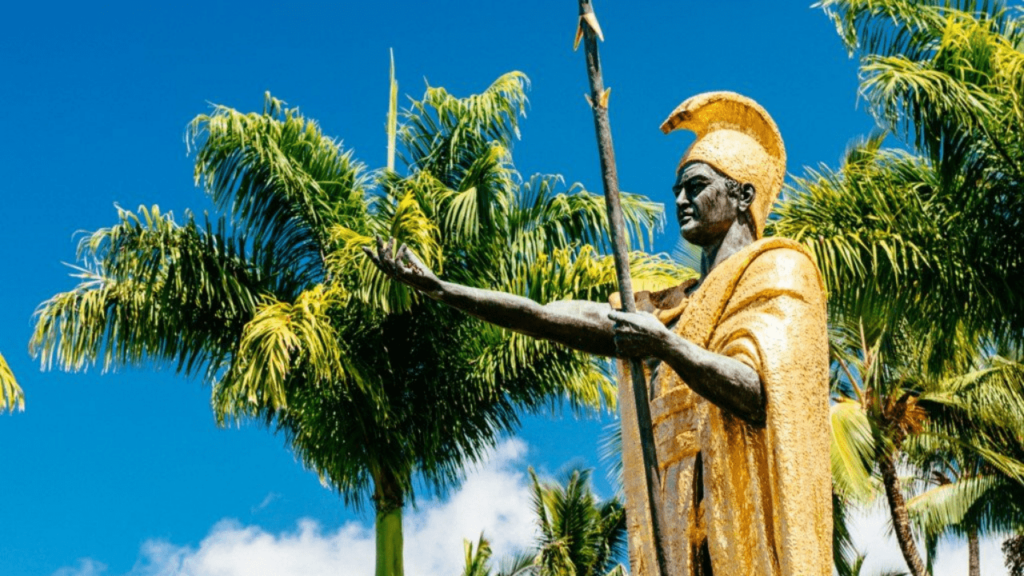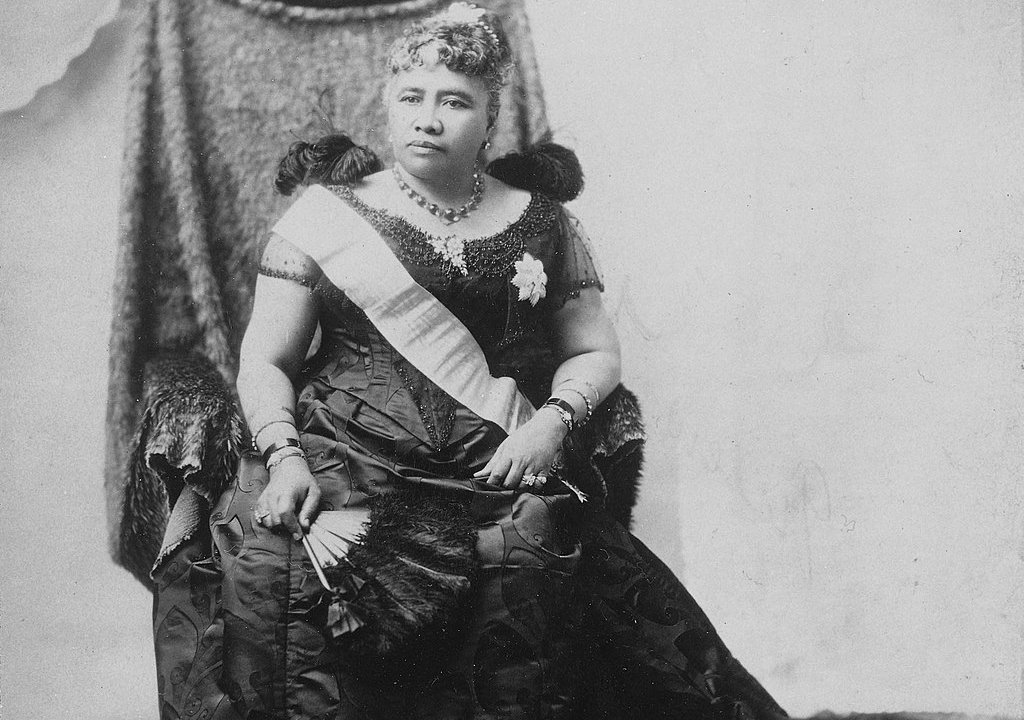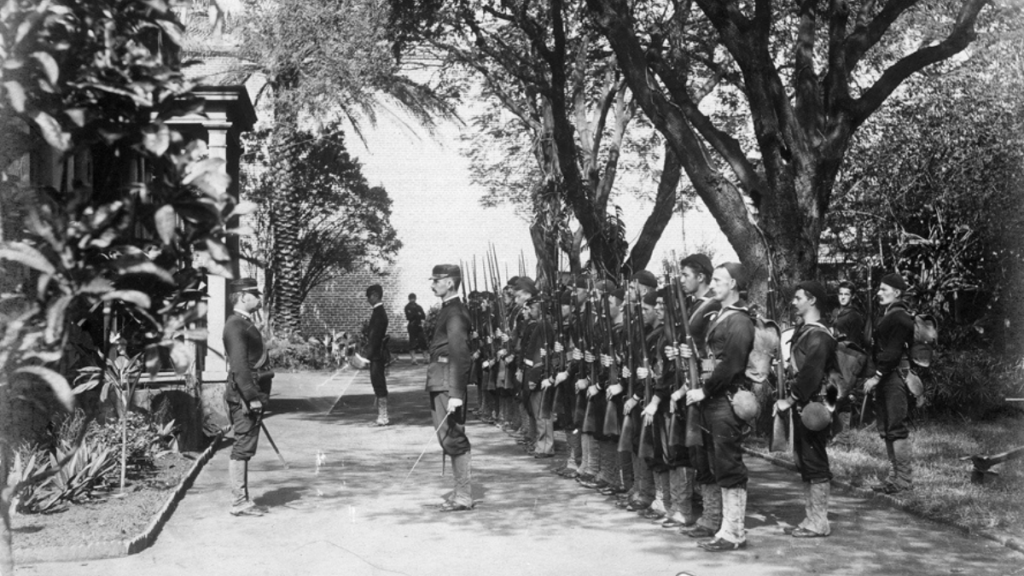Throughout American history, the concept of manifest destiny and empire has remained a constant. While many Americans shirk the term of empire and detest the thought that the United States has acted like other well-known imperial powers (like Great Britain in Hong Kong or the French in Indochina), the United States has engaged in imperial ambitions, though within a strict line of thinking.
While Britain and France spread their military and political reaches throughout the globe, in every hemisphere, the United States operated within their own hemisphere, expanding their empire primarily within the bounds of the Continental United States.
While there was some individual action to expand America’s empire beyond the continental U.S., for the most part, the U.S. government was apprehensive about expanding beyond the continent.
While many historians see this having changed with the 1898 Spanish-American War, there is actually one key predecessor to this development that many neglects; the 17 January 1893 Coup against the Kingdom of Hawai’i.
Article Contents
The Hawaiian Kingdom

While nearly everyone thinks of Hawaii as being a U.S. state or territory, this has only been an incredibly recent development and neglects the rich history of the island chain.
Ancient Hawaii is believed to have been strongly independent, growing slowly in population while being an amalgamation of local chiefdoms with a class hierarchy and conflicts that proved “similar to the feudal struggles in Europeâ€.
When the Europeans first arrived at the islands in 1778 (in which Captain James Cook was killed), they carried disease which substantially changed the economic, ecological, and social makeup of the islands. They also allowed for a centralized form of government though, with King Kamehameha I, using European arms, being able to unite all of the island groups in 1810.
While Kamehameha I’s government has been described as being rather autocratic, Kamehameha delegated local responsibilities to district governors “promulgated the mamalahoe kanawai, “the law of the splintered paddle,†which protected the common people from unduly brutal aggressions of powerful chiefs†in addition to outlawing human sacrifice and built an economically and militarily powerful sovereign nation while introducing advanced European livestock, weaponry, masonry, and equipment.
Strife in the Kingdom
The Kingdom of Hawaii adopted these advancements while also maintaining its own independence. However, by 1840, King Kamehameha III wrote a constitution that established “a representative body of legislators elected by the people†and “set up a supreme courtâ€.
Under Kamehameha III’s rule, Hawaii “tended toward capitalism under the influence of foreign trade†while being continually under the threat of American annexation and being visited by French warships. With the following reigns by Kings Kamehameha IV and V, William Charles Lunalilo, David Kalakaua, and Queen Lili’uokalani, the Kingdom of Hawaii faced domestic strife of all kinds; sickness and disease, the eradication of Hawaii’s traditional agriculture, a revolt of Hawaiian troops, and riots of the local populace.
Furthermore, while the Kingdom of Hawaii was still in effect, it was in effect in name only. Stephen Kinzer, who wrote the book Overthrow: America’s Century of Regime Change from Hawaii to Iraq, writes how “Hawaiian planters came up with an idea designed to appeal to their ambition: in exchange for a reciprocity treaty, they would grant the United States exclusive rights to maintain commercial and military bases in Hawaii… preserved the facade of Hawaiian independence, but in effect turned Hawaii into an American protectorateâ€.
Naturally, many Hawaiians were unhappy over this being that this reciprocity agreement gave the planter class, which predominantly was composed of Europeans or Americans, the vast majority of wealth and status.
The Coup Against the Queen

Queen Lili’uokalani, the new reigning monarch of the Kingdom of Hawaii, was one of the many Hawaiians who desired to see the island chain returned to the people. On 14 January of 1893, “she convened her cabinet to… claim a new constitution under which only Hawaiian citizens had the right to vote [and that] high property qualifications for voting would be eliminated, and the power of the nonnative elite would be sharply curtailedâ€, effectively returning much of Hawaii to the people born and having lived there for generations.
In response, Lorrin A. Thurston, the son of white American Christian missionaries, a Hawaiian born lawyer, and former member of the Executive and Legislative branches of Hawaiian government gathered together “a small body of men, some of whom were Germans, some Americans, and some native-born subjects of foreign origin†the same night and began planning to overthrow the Queen.
This organization, calling themselves the Citizens Committee of Safety, met with the U.S. Minister to the Hawaiian Kingdom, John L. Stevens, and coordinated with the coup members to utilize U.S. Navy personnel from the USS Boston, anchored offshore; with 162 Marines and Sailors, aided by the Citizens Committee of Safety, the coup plotters surrounded the ‘Iolani Palace and other government and military locations on the 16th of January.
On 17 January 1893, Lili’uokalani provided a letter of conditional surrender, effectively ending whatever independence, real or fictional, the Kingdom of Hawaii had left. In turn, a Provisional Government was set up which solidified power in the wealthy planter class and was largely run by European and American descended Hawaiians. The ultimate goal of this Provisional Government was the desire to have the United States annexe the island chain.
In the aftermath of the coup, President Grover Cleveland and Secretary of State Walter Gresham of the Democratic Party initiated an investigation into the coup and, by October of that same year, found the “Provisional Government was established by the action of the American minister and the presence of the troops landed from the Boston, and its continued existence is due to the belief of the Hawaiians that if they made an effort to overthrow it, they would encounter the armed forces of the United Statesâ€. Even while this investigation was taking place, Cleveland engineered Stevens’ removal as Minister to Hawaii, displaying some official condemnation.
The investigation effectively uncovered that the coup against the Kingdom of Hawaii was illegal, was largely assisted by elements of the United States government, and effectively succeeded due to the perceived full-scale commitment of the U.S. government and Armed Forces.
What is most interesting with this is the official reaction by the Cleveland administration. In December, Cleveland spoke about the overthrowing before Congress, providing all available information, referring to the Provisional Government as an insurgency and stating, “an act of war, committed with the participation of a diplomatic representative of the United States and without the authority of Congress, the Government of a feeble but friendly and confiding people has been overthrownâ€. While the Provisional Government desired annexation by the United States, the Cleveland administration was heavily opposed to this and in fact heavily sympathized and supported the Lili’uokalani government.
Throughout Cleveland’s second term as President, his administration did try to return Lili’uokalani to power through diplomatic overtures, yet the Provisional Government “refused to step down†and “quickly proclaimed themselves the Republic of Hawai’iâ€. The oligarchy that arose in Hawaii developed a new constitution in which “most legislators would be appointed rather than elected, and only men with savings and property would be eligible for public office. This all but excluded native Hawaiians from the government of their landâ€.
A short uprising occurred against the Provisional Government by native Hawaiians, which was put down rather swiftly by the leadership; in the aftermath, Queen Lili’uokalani was arrested. While imprisoned, “…a delegation of officials visited her and induced her to sign a document of abdication. She later said she had signed it to save other defendants from execution, but a military tribunal sentenced five of them to death anyway. The sentences were not carried out, however, and within a couple of years, all the plotters were freed. Liliuokalani herself was sentenced to five years in prison, and freed after twoâ€.
In 1897, with the election of Republican William McKinley “announced his support for the annexation of Hawaii†and, in 1898, bolstered by “nationalism aroused by the Spanish-American War†the U.S. annexed Hawaii and made it an official U.S. territory. This effectively was the death nail in the coffin of Hawaiian independence, with the territory eventually being granted statehood in 1959.
The Dangers of Expansionism

In many ways, Hawaii is the first case of American expansionism and imperialism, yet it remains an odd and interesting case study. While other examples of American imperialism are clearly officially sanctioned and have the full force and power of the U.S. government behind them (e.g., the 1898 Spanish-American War, the Second Occupation of Cuba, the Santo Domingo Crisis, etc.), the overthrowing of the Hawaiian Kingdom is markedly different.
The U.S. government itself is, officially, uninvolved.
In fact, the operation is undertaken without any consultation or notification of the Executive Branch or any government agencies. This was an operation committed by elements of the U.S. government, in particular the Minister (the equivalent to a current-day Ambassador), yet also independently of any other party. The White House was not consulted nor was the State Department, the immediate superiors for Minister Stevens. Nonetheless, while the U.S. did not sanction the operation nor have any firsthand knowledge of it prior to or during its occurrence, the U.S. government and the White House bear the ultimate responsibility for the event.
From a military perspective, the operation was rather simple; hold and maintain important territory. Not a shot was fired nor were there any injuries sustained by the U.S. forces; there was zero armed resistance to the U.S. Marines and sailors taking part in the effort. Their simple presence was enough to deter any real form of violence or resistance to the coup. While their job was seemingly simple, it was unbelievably integral to the operation. Had the Marines and sailors not been there as a show of force, then the coup most probably would have failed given the popular, native support to the monarchy.
Further reading and related articles
- An In-Depth Look at 10 Famous Traitors in Military History
- Why Intrastate Conflict Is More Destructive than Interstate Conflict
- The Forgotten War: The Philippine-American War and the First Insurgency
With other forms of foreign intervention, there was blatant and clear government approval. The 1898 Spanish-American War (which led to the territories of Puerto Rico, Guam, and the Philippines coming under American control and the growth of the United States as a major power), the Banana Wars (solidifying America’s presence in the Western Hemisphere), and the 1953 and 1954 coups in Iran and Guatemala respectively (which significantly altered those countries’ political, social, and economic trajectories and hardened America’s global existence) all were explicitly performed with the approval of the United States government. They inherently involved aspects of the U.S. Armed Forces, the CIA, and the State Department.
This case is an interesting one given it was nowhere near an official operation. It showcases the real dangers of not keeping a close eye on personnel or becoming very hands-off in terms of the administration of foreign offices and embassies where diplomatic overtures are taking place.
In this time of heightened political ideologies, where political extremism is ingrained in nearly every topic and everything has become about current events, it is important for government agencies to properly vet their personnel and ensure they are maintaining the standards of their position and office. While the likelihood of an unofficial operation such as this is incredibly small in this current day and age, in the right circumstances, it could sadly happen again and result in problems for the United States, both domestically and abroad.













